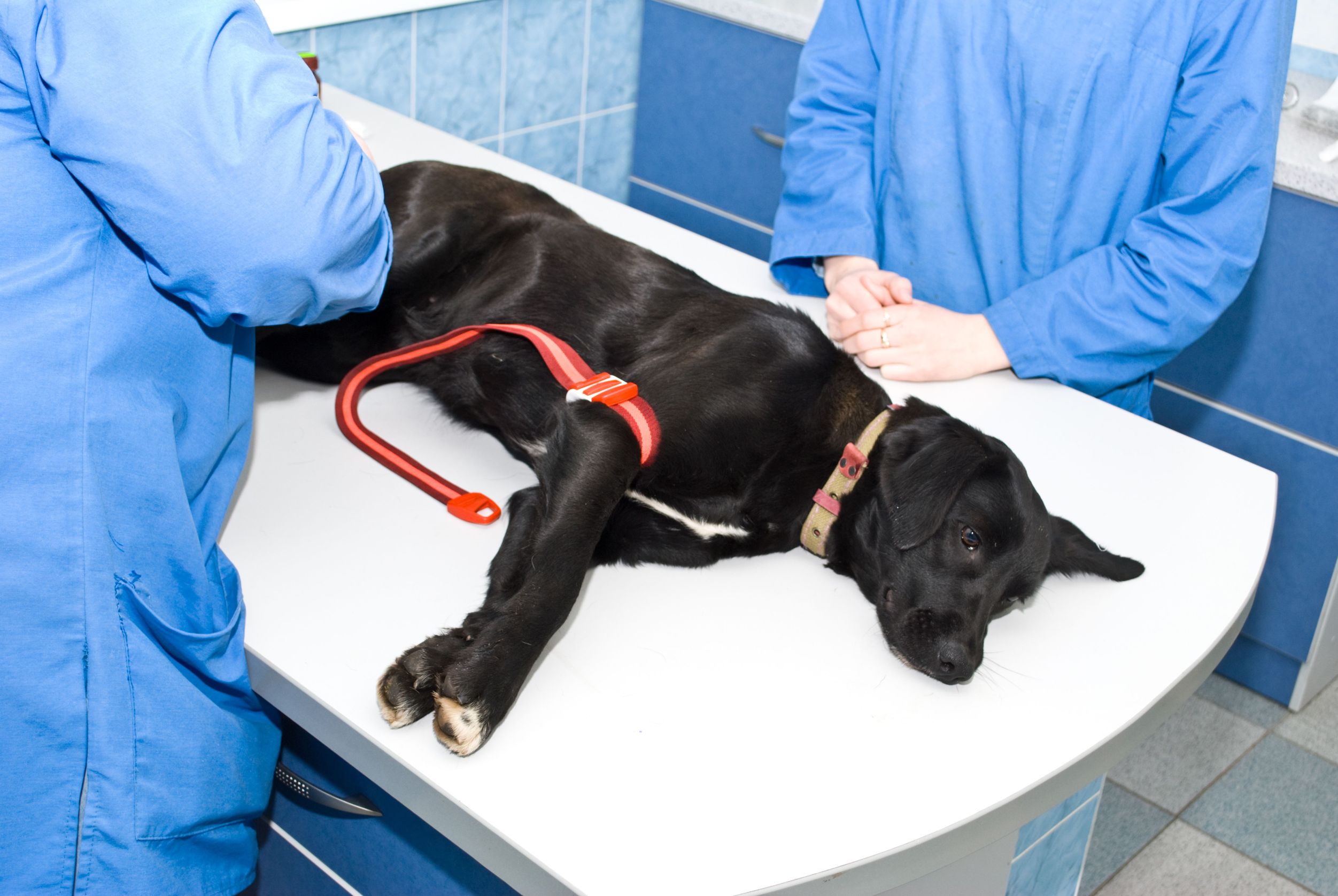Hip dysplasia is a common skeletal disease that is seen most often in the large and giant breed dogs such as Great Danes, Saint Bernards, Labrador Retrievers, and German Shepherds. In general, a dog will become affected while they are still quite young and their skeleton is still developing. Hip dysplasia symptoms can be seen as early as four months of age, though there are times where some dogs do show signs of dysplasia at a later age if they develop osteoarthritis.
Symptoms to Watch For
Symptoms can vary dependent on the degree of any malformation of the hip socket, how much inflammation is involved, and how far the disease has progressed:
* Difficulty in getting up and a decrease in usual activity,
* A hesitancy to jump, run, climb stairs, or lameness after activity,
* When standing, the dog’s hind legs are too close together,
* A decreased range of motion in the hips and hind legs, and
* Obvious pain, even upon touch, in the hips.
If you noticed any of these symptoms, you should take your dog to be seen at an animal hospital in Albany Park.
Diagnosis of Canine Hip Dysplasia
In order for your veterinarian to diagnose your dog with hip dysplasia, he or she will need to perform a complete and thorough examination which will include bloodwork and a urinalysis. If there is any information that it is caused by joint disease, that will show up in the blood work. Along with the physical examination and the lab work, that veterinarian will require a complete history of your dog’s health, including when you first noticed any symptoms, and whether or not your dog has ever been injured in a manner that could have caused the dysplasia. At Portage Park Animal Hospital and Dental Clinic, the veterinarians are skilled at diagnosing and treating hip dysplasia in your dog.


